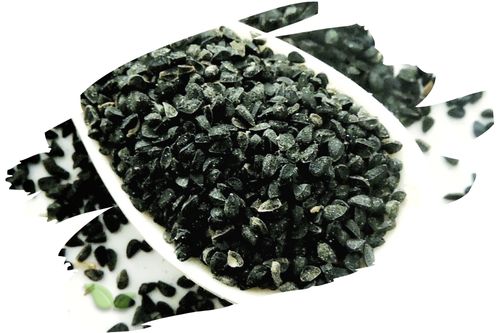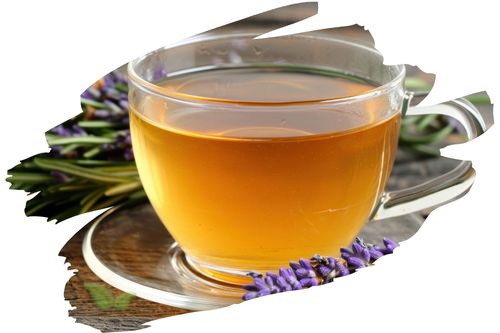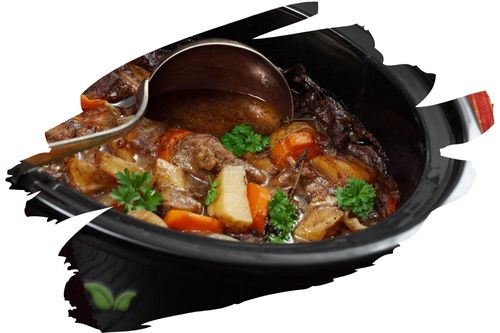
Introduction
Linen, a fabric renowned for its durability, breathability, and timeless elegance, has been cherished by civilizations for centuries. Have you ever wondered about the intricate process behind turning flaxseed into this exquisite textile? In this comprehensive guide, we delve into every aspect of this journey, from cultivating flax plants to weaving linen fabric. Join us on an informative and inspiring journey through "The Process of Turning Flaxseed into Linen."
The Process of Turning Flaxseed into Linen
Cultivating Flaxseed
Cultivating flaxseed marks the beginning of the linen-making process. Farmers carefully select the best flaxseed varieties, ensuring the highest quality fibers. Flax plants thrive in temperate climates, and the cultivation process involves these essential steps:
- Selecting flaxseed varieties
- Preparing the soil
- Sowing the flaxseed
- Managing growth and development
Flax plants typically reach maturity in about 100 days. Once matured, they are ready for the next crucial step.
Harvesting Flax Plants
Harvesting flax plants requires precision and timing. This stage aims to maximize the quality of the flax fibers. Key steps in harvesting include:
- Monitoring plant maturity
- Uprooting the flax plants
- Retting the flax
- Separating fibers from the stem
Retting is a crucial process that involves exposing flax stems to moisture, breaking down pectin, and making the fibers more accessible for extraction.
Fiber Extraction and Processing
Extracting fibers from flax stems is a delicate process that demands skill and precision. The fibers undergo various stages, including:
- Breaking
- Scutching
- Hackling
Each stage removes impurities and prepares the fibers for the next step, which is spinning.
Spinning Flax Fibers
Spinning flax fibers into threads is an art in itself. Skilled artisans use traditional spinning wheels to create long, continuous threads. This stage involves:
- Preparing the flax fibers
- Hand-spinning or machine spinning
- Achieving desired thread thickness
The result is high-quality linen thread ready for weaving into fabric.
Weaving Linen Fabric
Weaving linen fabric is where the magic truly happens. The threads spun from flax fibers are skillfully interwoven to create beautiful linen fabric. Key steps in weaving include:
- Selecting weaving patterns
- Setting up the loom
- Weaving the fabric
- Quality control and finishing
The choice of weaving pattern can significantly impact the appearance and texture of the final linen product.
Frequently Asked Questions
Q: Is flaxseed the same as the flax used for linen? A: Yes, flaxseed and the flax used for linen are from the same plant. However, different varieties are cultivated for each purpose.
Q: What makes linen a preferred fabric for summer clothing? A: Linen's breathability and moisture-wicking properties make it an ideal choice for summer clothing, keeping you cool and comfortable.
Q: How sustainable is the process of turning flaxseed into linen? A: The process is highly sustainable, as flax requires minimal pesticides and synthetic fertilizers. Additionally, all parts of the flax plant are used, reducing waste.
Q: Can linen fabric be dyed easily? A: Yes, linen takes dye exceptionally well, allowing for a wide range of vibrant and long-lasting colors.
Q: Is linen biodegradable? A: Yes, linen is biodegradable and environmentally friendly, breaking down naturally without harming the planet.
Q: Are there any alternatives to linen made from flaxseed? A: Linen made from flaxseed is unique, but there are alternatives like cotton and hemp with their own distinct characteristics.
Conclusion
"The Process of Turning Flaxseed into Linen" is a fascinating journey that combines agriculture, craftsmanship, and artistry. From the cultivation of flax plants to the weaving of linen fabric, every step is a testament to human ingenuity and respect for nature. As you don your favorite linen garments, take a moment to appreciate the intricate process that brings this exceptional fabric to life.
Alert: While spices can have many beneficial properties for health, using them for medical purposes should be done under the guidance and supervision of a healthcare professional or specialist. Some spices may interact with medications or cause adverse reactions in certain individuals, and it is important to use them safely and appropriately. If you are considering using spices for a medical condition, it is important to consult with a healthcare professional before doing so.




















































